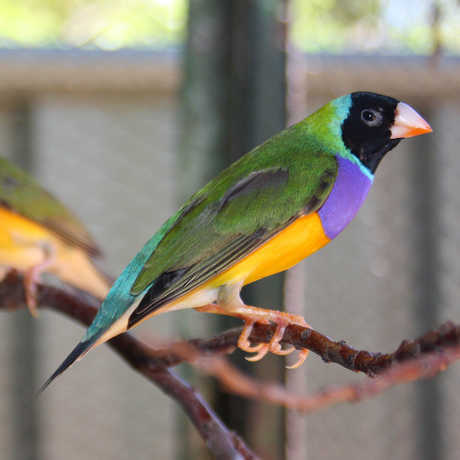Many of us might take our color vision for granted, but human vision has changed dramatically over the course of evolutionary time. In fact, many species have gone through shifts in the range of their color perception, and many of them see the world very differently than humans. Whales and many other marine mammals don’t see ‘color’ the way the human eye does. They are effectively monochromatic, much like black and white television. Honeybees don’t perceive red/green the way humans do, but they can detect UV light. Most placental mammals, including many of our pets, are dichromatic, or what we would refer to as colorblind. Not so long ago, so were we.
Where does color vision ‘live’ in our DNA? How is it passed along? There are three genes for human trichromatic vision, and they code for Red/Green/Blue or RGB. are physically located on the same chromosomes that determine sex in humans. Specifically, they are on the ‘X’ chromosome, not the ‘Y’chromosome. They are dominant, although there is no corresponding recessive allele, meaning that the gene for seeing a particular color doesn’t have a recessive counterpart. If you have a functional copy of a gene and express it, you will be sensitive to that wavelength of light and ‘see’ that color. If the gene is missing or damaged, you will not ‘see’ that color of light. Since females (XX) have two X chromosomes, there are two chances to get a working copy of a gene. Males (XY) have only one and so only have one chance for a working copy. Males therefore have a much higher incidence of color blindness than females.
In this simulation, we will simulate how these genes and chromosomes are passed from generation to generation in a small population. At a certain point, we will introduce selective pressures (in the form of attributes of the physical environment) that will selectively kill off certain members of the population. They will be replaced by the offspring of surviving members of the population, and gradually we should see the make-up and proportions of the gene pool change. However, like in the real world, some of this is due to chance—anything could happen!



